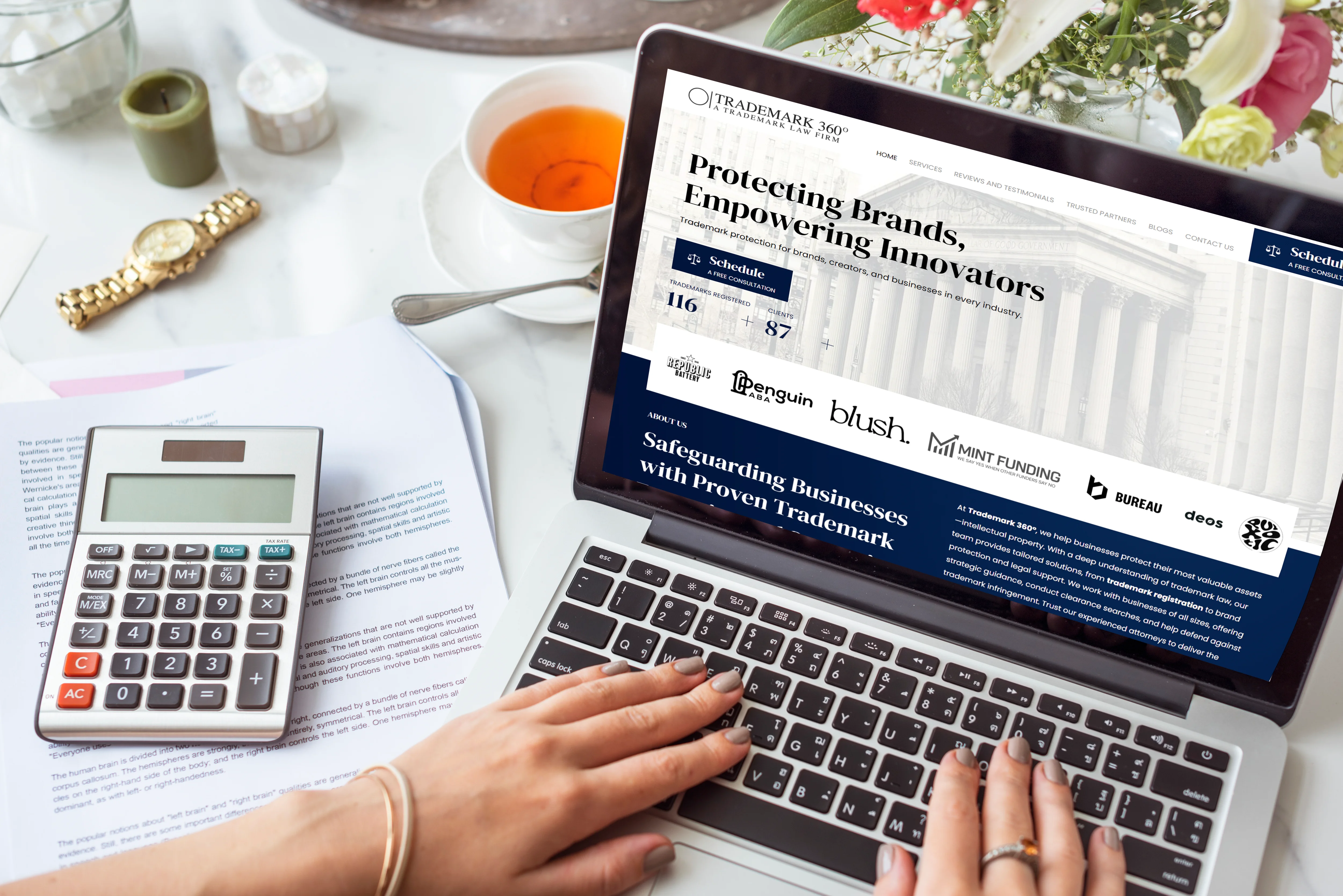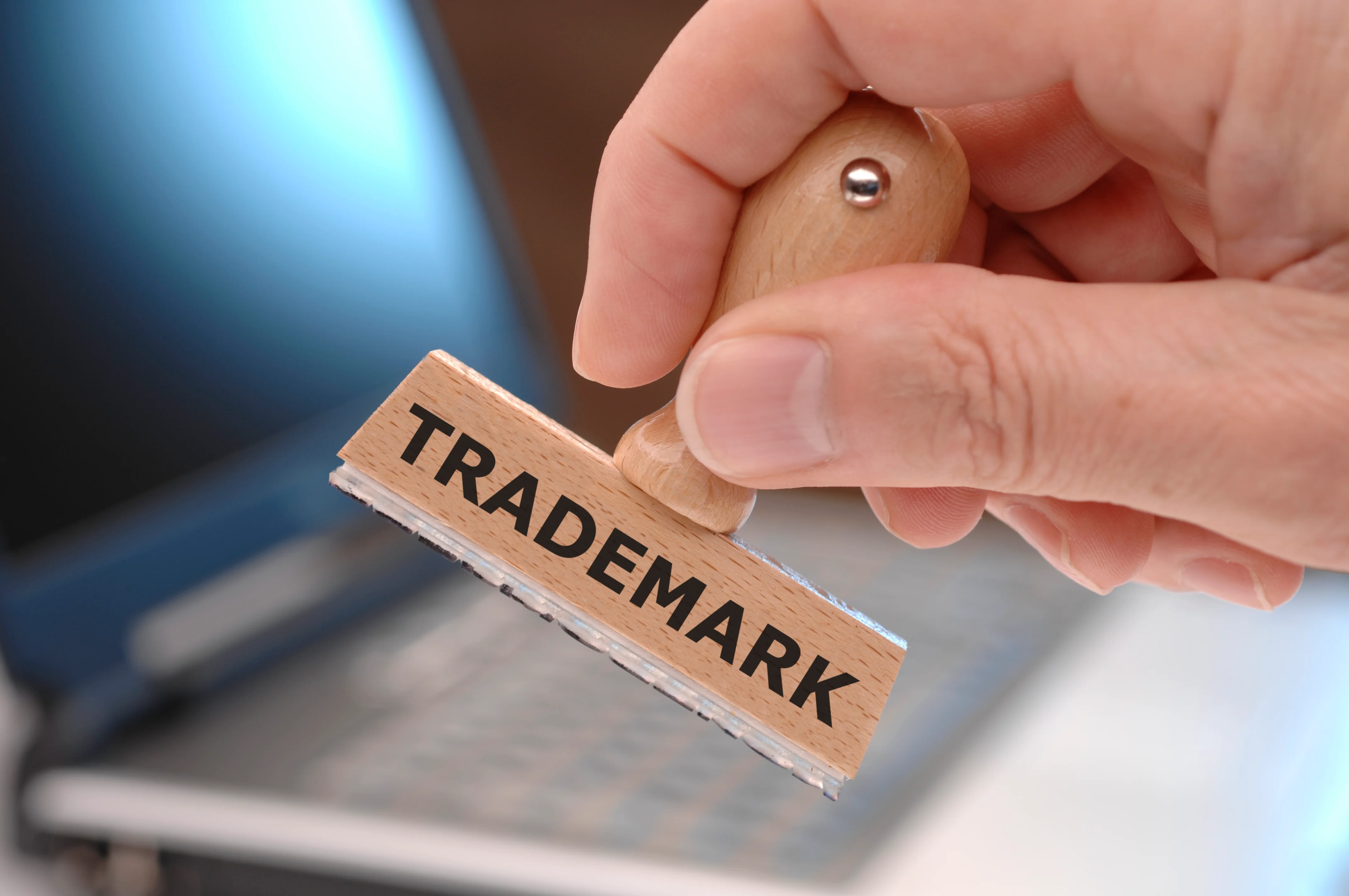Not every trademark conflict has to end in court. Sometimes, a simple agreement can save your brand—and your budget.
In today's competitive business landscape, it's not uncommon for brands to bump into others with strikingly similar names, logos, or product identifiers. As markets expand and branding becomes more globalized, the chances of overlapping trademarks increase. What often follows is a costly, drawn-out legal battle. But there's a smarter alternative: Coexistence Agreements. These legally binding arrangements offer a peaceful and strategic resolution, allowing two parties to share similar trademarks under clearly defined conditions, without stepping into a courtroom.
What Is a Coexistence Agreement?
It is a formal contract between two parties that allows both to use similar or even identical trademarks, so long as they do so in ways that avoid consumer confusion. It's a tool rooted in trademark dispute resolution, but focused on preventing conflict rather than escalating it. These agreements are especially useful when businesses operate in distinct geographic regions or serve different industries. For example, a tech startup in California might discover a clothing brand overseas with a nearly identical name. Rather than initiate a trademark litigation battle, they could outline the terms of coexistence, detailing who uses what, where, and how. By setting usage boundaries, companies avoid unintended infringement and clarify how each brand will maintain its identity without encroaching on the other.
When is a Coexistence Agreement Needed?
There are several situations where a trademark coexistence agreement makes sense, even essential:
Two companies have similar brand names or logos, and both wish to continue operations.
A trademark opposition is filed during registration due to perceived conflict.
A trademark conflict search reveals an existing mark that may pose a risk.
You're expanding to a new market and find a local business already using a similar name.
Consider a real-world scenario: Two skincare companies share a nearly identical name. One operates exclusively in the United States, while the other sells only in European markets. Instead of initiating a trademark dispute resolution process, both brands agree to a coexistence agreement trademark that defines territories, product lines, and marketing channels. This not only prevents legal conflict but preserves both brand identities.
Key Components of a Coexistence Agreement
A successful agreement isn't just a handshake or a general promise, it must be a comprehensive legal document that protects both parties from future confusion and conflict. Trademark offices like the USPTO, and courts alike, will rely on the specific terms included in the agreement if any issue ever arises. Here are the essential components:
1. Territorial or Geographic Limits
This clause clearly defines where each party can use their trademark. For instance, one company might be allowed to operate in the United States, while the other remains restricted to Europe or Asia. These geographic boundaries prevent overlap and minimize the potential for consumer confusion, an essential element in any agreement.
2. Product or Service Category Distinctions in Coexistence Agreement
Both parties must specify which goods or services they will be offering under their respective trademarks. This helps prevent the marks from appearing interchangeable in the eyes of consumers. It's a vital element of trademark dispute resolution since it prevents arguments over market overlap.
3. Logo or Visual Identity Differences
Even if two brands have similar names, visual differentiation matters. A mutual trademark usage often requires one or both parties to adjust logos, colors, or design elements to ensure there's no visual confusion.
4. Marketing Limitations
A well-drafted trademark boundary agreement may also include restrictions on advertising. For example, one party might agree not to use digital ads targeting the other party's customer base. This ensures both can promote their businesses without infringing on each other's space.
5. No Likelihood of Confusion Clause
This clause affirms that both parties acknowledge the potential risks but agree that the likelihood of consumer confusion is low due to the agreement's defined terms. It's a cornerstone for trademark infringement avoidance.
6. Consent to Registration
Each party may grant written permission to the other to register their trademark, even if they are similar. This clause is particularly helpful if the USPTO or another national trademark office requires proof of mutual understanding before granting registration rights.These carefully structured terms provide the legal scaffolding for these agreements to function long-term. When the right boundaries are set, both companies can coexist without fear of trademark disputes spiraling out of control.
Benefits of a Coexistence Agreement
There's a reason more businesses are turning to peaceful resolutions instead of wading into litigation: they're practical, cost-effective, and collaborative. A properly structured agreement can be a powerful strategic tool, offering a number of short- and long-term advantages for brands navigating trademark conflict.
1. Litigation Avoidance and Cost Savings
The most obvious benefit is the ability to avoid the high costs associated with a full-blown trademark litigation case. Court battles can stretch for months, or even years, costing thousands in attorney fees and resource allocation. A trademark coexistence agreement allows businesses to resolve conflicts outside of court, freeing up time and money for growth rather than legal fees.
2. Relationship Preservation
In industries where competitors may still have overlapping suppliers, markets, or associations, maintaining goodwill is valuable. A non-litigious trademark solution fosters a cooperative dynamic rather than a combative one.
3. Legal Certainty and Business Freedom
When both parties agree on the terms of the agreement, it gives them the confidence to move forward without fear of sudden cease-and-desist letters. This level of security ensures brands can continue product development, marketing, and expansion with minimal legal roadblocks.
4. Enhanced Trademark Registration Process
Providing a record of consent often helps facilitate smoother registration through the USPTO, especially in cases where two marks might otherwise be considered too similar. The agreement can serve as supporting documentation in the trademark registration process, and help avoid or overcome a refusal based on the likelihood of confusion between the two marks.
5. Long-Term Brand Protection
For growing businesses, having a trademark coexistence agreement in place means future leadership will have a legal record to follow. It also protects against future legal disputes should one party decide to scale into new markets or product categories.
6. Brand Clarity in the Marketplace
By distinguishing how, where, and for what purpose trademarks are used, both parties create clarity in the marketplace. This supports a stronger consumer experience and limits the chance of confusion, which is central to any good IP conflict resolution strategy.
Ultimately, coexistence agreements offer a tailored way to navigate brand overlap. They protect the present while accounting for future brand development, without burning bridges or breaking the bank.
Risks and Considerations
Despite the advantages, these agreements are not without potential pitfalls. When poorly written or implemented without legal guidance, they can leave a business vulnerable to future disputes or limit strategic growth.
1. Risk of Rebranding Limitations
Businesses may find themselves bound by the agreement's terms when trying to rebrand or enter new markets. For instance, if a business pivots into a new product category that wasn't initially covered, they may need to renegotiate the terms, or risk breaching the agreement. This can create unintended challenges as brands evolve beyond their original scope.
2. Rejection by Trademark Offices
Even when an agreement is mutually signed and clear, there's no guarantee that authorities like the USPTO will accept it. If the marks are deemed too similar, or if the agency feels the agreement does not eliminate confusion, they may still deny registration. In such cases, consultation with a trademark attorney becomes essential.
3. Vague or Weak Language in the Agreement
A loosely drafted agreement can cause more problems than it solves. Without clear language about limitations, timelines, and enforcement, disputes may still arise. This is especially problematic in global markets, where enforcement standards can differ.
4. Enforcement Difficulties
If one party violates the terms, intentionally or not, it may be challenging to enforce the agreement without strong legal backing. In such cases, the affected party may still end up needing a trademark lawyer to enforce the contract through legal channels.
5. Missed Opportunities for Growth
Some businesses may later regret agreeing to specific limitations on branding, marketing, or expansion. The flexibility to adapt can be constrained if the agreement is too rigid, especially in fast-moving industries.
When approaching trademark dispute resolution, it's critical to consider both present and future business goals. Always involve an attorney when drafting the agreement to ensure enforceability and alignment with your brand strategy. By understanding these risks, companies can use these agreements effectively, as a shield rather than a cage.
Resolve Trademark Conflicts Without Courtroom Battles
Trademark disputes don't always require litigation. With a properly structured coexistence agreement, businesses can share similar brand elements while maintaining distinct identities. This strategy empowers companies to grow, coexist, and thrive, without resorting to lawsuits or aggressive competition. Whether you're dealing with parallel trademark use or navigating an international IP conflict resolution, a well-drafted agreement can be the key to protecting your brand and avoiding unnecessary legal drama.
🛡️ Worried about a trademark conflict?
Let us help you draft or review a Coexistence Agreement tailored to your brand.
📞 (646) 389-1440 | ✉️ info@trademark-360.com
Free consultation available!
Powered by Froala Editor












